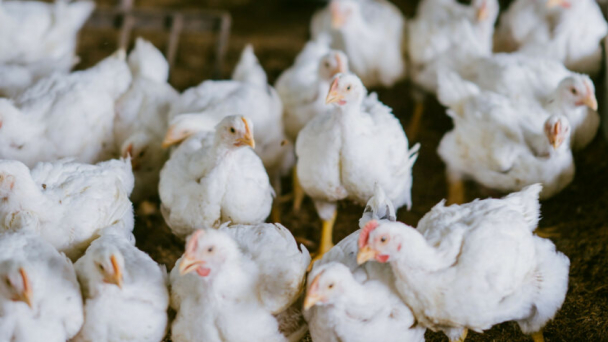The South African Poultry Association (SAPA) remains cautiously optimistic for 2025, despite the ongoing challenges and uncertainties facing the sector, with highly pathogenic avian influenza (HPAI) continuing to be a primary concern.
The domestic poultry industry is valued at R65 billion (€3.36 billion), making it South Africa’s second-largest agricultural sector. It is also the country’s largest employer within agriculture, providing jobs to nearly 58,000 people across the value chain.
Currently, the industry slaughters 21.5 million birds per week, with plans to increase slaughter capacity from 19.5 million to 22.5 million birds per week. However, some farms are still recovering from the 2023 HPAI outbreaks, and many farmers are hesitant to expand production due to the risk of future outbreaks and ongoing import pressure.
Key issues dominating the sector’s agenda include the rollout of vaccination programs, compensation for culled poultry, fluctuating trade dynamics, and rising feed costs driven by the stronger dollar and weaker rand.
Avian Influenza Vaccination Efforts
Efforts to roll out widespread vaccination against avian influenza have faced significant setbacks. No farm has yet met the stringent biosecurity protocols required for vaccination approval, leaving the sector vulnerable, especially as the risk indicator remains in the “red” zone. SAPA highlighted the two HPAI strains involved in the 2023 bird flu outbreaks, H5N1 and H7N6, with H7N6 being a particularly new and mutated strain for the region.
While three H5 vaccines have been approved for import, testing protocols for H7 vaccines remain a barrier, and approval is still months away. SAPA continues to engage with the government, urging agriculture minister John Steenhuisen to intervene, provide compensation for culled poultry, and expedite vaccination efforts. With the spread of avian flu in Europe and the U.S., SAPA stresses the need for proactive vaccination to prevent similar outbreaks in South Africa.
Poultry Imports and Market Pressures
The poultry import landscape has shifted, with total chicken imports increasing from 2023 to 2024, though bone-in cut imports have declined. The growth in imports is primarily driven by mechanically deboned meat (MDM) and offal, which face no tariffs. Argentina has emerged as a significant exporter to South Africa, further putting pressure on local producers with its tariff-free, cheaper chicken imports.
Imports from Europe, particularly from countries like the UK and Hungary, have decreased due to widespread HPAI outbreaks. However, tariff-free imports from unaffected regions continue to influence local pricing and production dynamics.
Poultry Exports and Market Opportunities
There has been progress in opening new export markets for South African poultry. Residue monitoring programs have been submitted, with inspections from the UK and Saudi Arabia expected in the coming months. These inspections are vital for gaining access to lucrative markets like the UK, the European Union, and Saudi Arabia, with cooked chicken products such as breast meat leading the way. However, exports of uncooked chicken are not anticipated at this stage.
Feed Costs and Operational Challenges
Feed costs, particularly for maize and soybeans, remain a significant concern for the industry. While operational efficiencies improved in 2024 due to lower feed costs and reduced load-shedding, challenges such as deteriorating infrastructure and rising energy costs continue to strain producers. Despite an increase in the average producer price for broiler chickens, producers remain cautious about expanding production, especially in the absence of vaccination protocols and compensation for culling.
The Case for VAT-Free Chicken
South African consumers are facing significant financial pressure, with rising retail prices affecting food affordability. In response, SAPA, in collaboration with the importers association AMIE and other industry stakeholders, has called for VAT exemptions on frozen chicken cuts and offal. This proposal aims to provide much-needed relief to lower-income households while supporting local producers by ensuring the continued supply of affordable chicken products.



